Lesson Plan > Lesson 54 > English
Lesson 54 covers:
- Elementary Level: Writing Stories with a Beginning, Middle, and End
- Mid Level: Dialogue Writing
- High Level: Vocabulary Development (Prefixes, Suffixes, and Roots)
Elementary Level (Kinder to Grade 2)

Subject: Writing Stories with a Beginning, Middle, and End
Alignment with Standards:
Common Core State Standards (CCSS) Addressed:
- CCSS.ELA-LITERACY.W.1.3: Write narratives in which they recount two or more appropriately sequenced events, include some details regarding what happened, and provide some sense of closure.
- CCSS.ELA-LITERACY.W.1.5: With guidance and support from adults, focus on a topic, respond to questions and suggestions from peers, and add details to strengthen writing as needed.
Lesson Objectives
By the end of the lesson, the student will be able to:
- Identify the three main parts of a story (beginning, middle, and end).
- Use a story starter or prompt to generate ideas.
- Write (or dictate) a short narrative with a clear sequence of events.
Materials Needed
- Story Starter Prompts (printed or displayed)
- Graphic Organizer (Beginning, Middle, End template)
- Writing Paper (with space for drawing)
- Pencils & Crayons/Markers
Lesson Activities
1. Introduction (5-10 minutes)
Objective: Introduce the concept of story structure.
- Discussion:
- Ask: “What makes a good story?”
- Explain that every story has a beginning (where we meet characters and setting), a middle (where something happens), and an end (how the story finishes).
- Example: Read a very short story (3-4 sentences) and have the student identify the beginning, middle, and end.
2. Guided Practice (10 minutes)
Objective: Use a story starter to plan a simple narrative.
- Story Starter Examples:
- “One morning, I woke up and saw a giant dinosaur in my backyard…”
- “The little dog found a magic bone and…”
- “A spaceship landed in the park, and out came…”
- Graphic Organizer:
- Have the student fill out a simple BME (Beginning, Middle, End) Chart with words or drawings.
3. Independent Writing (10-15 minutes)
Objective: Write a short story based on a prompt.
- Let the student choose a story starter or use the image prompt (e.g., a picture of a lost puppy, a spaceship, or a treasure chest).
- Encourage them to write 3-5 sentences (or dictate to an adult if handwriting is challenging).
- Remind them to include:
- Beginning: Who is in the story? Where are they?
- Middle: What happens?
- End: How does it finish?
4. Sharing & Reflection (5 minutes)
- Have the student read their story aloud (or the adult reads it if needed).
- Ask: “Does your story have a beginning, middle, and end?”
- Praise creativity and encourage adding details if time allows.
Assessment & Extension
- Assessment: Check if the student’s story includes all three parts (BME).
- Extension:
- Illustrate the story.
- Act it out with toys.
- Try a different prompt the next day.
Mid Level (Grade 3 to 5)

Subject: Dialogue Writing
Alignment with Standards:
Common Core State Standards (CCSS) Addressed:
- CCSS.ELA-LITERACY.W.4.3.B: Use dialogue and description to develop experiences and events or show the responses of characters to situations.
- CCSS.ELA-LITERACY.L.4.2.B: Use commas and quotation marks to mark direct speech and quotations from a text.
Lesson Objectives
By the end of the lesson, the student will be able to:
- Identify the correct punctuation rules for dialogue (quotation marks, commas, speaker tags).
- Write a short conversation between two or more characters using proper dialogue formatting.
- Revise and edit dialogue for clarity and correct punctuation.
Materials Needed
- Dialogue Rules Anchor Chart (or printed handout)
- Sample Dialogue Strips (for practice editing)
- Writing Paper/Notebook
- Pencils & Highlighters (for editing)
Lesson Activities
1. Introduction (10-15 minutes)
Objective: Teach the basic rules of punctuating dialogue.
- Mini-Lesson:
- Explain:
- Quotation marks (” “) go around spoken words.
- Commas separate dialogue from speaker tags (e.g., “I love ice cream,” said Emma.).
- Capitalization rules (new speaker = new line, first word inside quotes capitalized).
- Show examples on a whiteboard or anchor chart and have the student identify correct vs. incorrect punctuation.
- Explain:
2. Guided Practice (15 minutes)
Objective: Practice editing and writing dialogue.
- Activity 1: Fix the Dialogue
- Provide incorrectly punctuated sentences (e.g., what time is it asked Jake).
- Have the student rewrite them correctly.
- Activity 2: Dialogue Prompts
- Give a scenario (e.g., Two friends arguing over the last slice of pizza).
- Together, brainstorm possible lines of dialogue, modeling proper punctuation.
3. Independent Writing (15-20 minutes)
Objective: Write an original dialogue exchange.
- Image Prompt: Use a picture (e.g., kids discovering a hidden door, superheroes teaming up, or animals talking).
- Task:
- Write a short conversation (6-8 lines) between characters.
- Focus on:
- Punctuation (quotation marks, commas, speaker tags).
- Making dialogue sound natural (avoiding “talking heads” with no action).
4. Sharing & Peer Editing (10 minutes)
- Have the student read their dialogue aloud to check for flow.
- If working with siblings/parents, swap papers and highlight punctuation marks to check accuracy.
- Self-Edit: Use a checklist:
- ☑ Quotation marks around spoken words.
- ☑ Commas before/after speaker tags.
- ☑ New line for each speaker.
Assessment & Extension
- Assessment: Check for correct punctuation and natural-sounding dialogue.
- Extension Activities:
- Turn the dialogue into a mini comic strip with speech bubbles.
- Write a short scene incorporating dialogue + action.
- Role-play the conversation with different voices.
High Level (Grade 6 to 8)
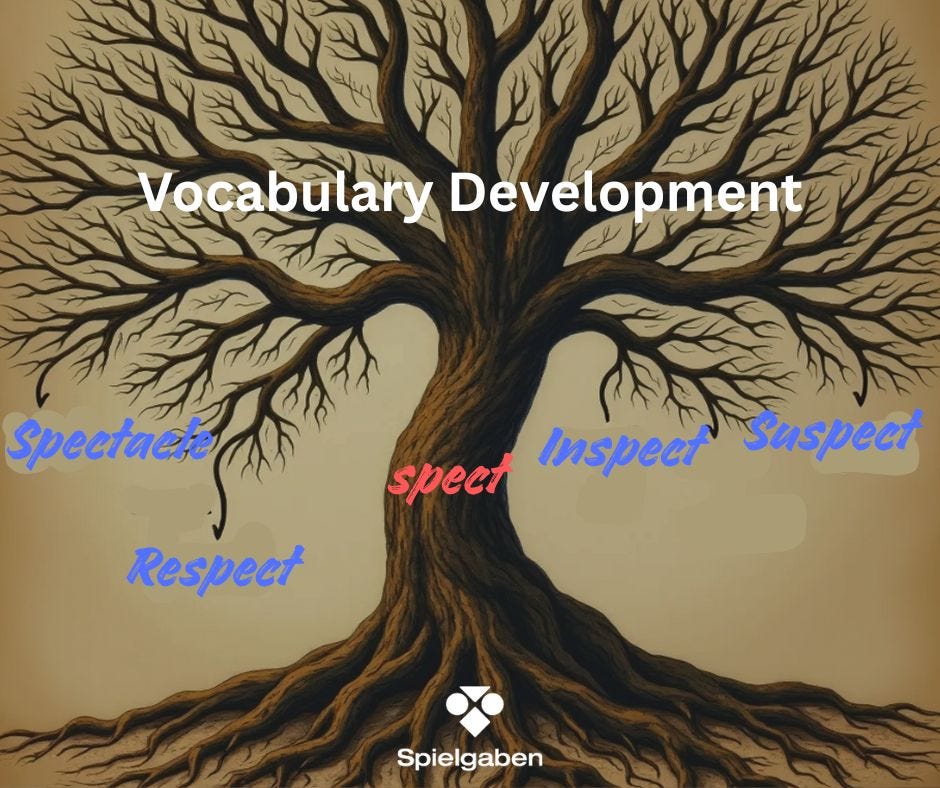
Subject: Vocabulary Development (Prefixes, Suffixes, and Roots)
Alignment with Standards:
Common Core State Standards (CCSS) Addressed:
- CCSS.ELA-LITERACY.L.7.4.B: Use common Greek and Latin affixes (prefixes/suffixes) and roots as clues to the meaning of words.
- CCSS.ELA-LITERACY.L.7.6: Acquire and use grade-appropriate general academic and domain-specific words.
Lesson Objectives
By the end of the lesson, the student will be able to:
- Define and identify common prefixes, suffixes, and roots in unfamiliar words.
- Decipher word meanings by analyzing their structural components.
- Apply knowledge of word parts to expand vocabulary in reading and writing.
Materials Needed
- Prefix/Suffix/Root Reference Chart (e.g., anti- = against, -logy = study of, chron = time)
- Word-Building Worksheets (printable or digital)
- Index Cards for interactive games (optional)
- Highlighters or Colored Pens
- Dictionary or Online Etymology Tool (e.g., Etymonline.com)
- Visual Anchor Chart or Slide Deck
Lesson Activities
1. Introduction (10-15 minutes)
Objective: Introduce word parts and their functions.
- Mini-Lesson:
- Explain:
- Prefixes (beginning of words, e.g., un- = not, re- = again).
- Suffixes (end of words, e.g., -able = capable of, -less = without).
- Roots (core meaning, e.g., aud = hear, struct = build).
- Think-Pair-Share: Ask the student to brainstorm examples (e.g., “What might ‘submarine’ mean if ‘sub-‘ means ‘under’?”).
- Explain:
2. Guided Practice (20 minutes)
Objective: Practice breaking down and constructing words.
- Activity 1: Word Dissection
- Provide a list of multisyllabic words (e.g., bicycle, autobiography, predictable).
- Have the student highlight prefixes (yellow), roots (green), and suffixes (blue).
- Activity 2: Create-a-Word
- Give roots (e.g., graph = write) and have the student build words using prefixes/suffixes (autograph, biography, telegraph).
3. Independent Application (15-20 minutes)
Objective: Apply knowledge to real-world texts.
- Task 1: Context Clues Challenge
- Provide a short passage with underlined unfamiliar words (e.g., “The indestructible material withstood the storm.”).
- Guide the student to infer meanings using word parts.
- Task 2: Word Detective
- Have the student search for 3 unfamiliar words in a book or article, then analyze their structure.
4. Review & Game (10 minutes)
Objective: Reinforce learning interactively.
- Option 1: Flashcard Match-Up
- Write prefixes/roots/suffixes on index cards; race to form complete words.
- Option 2: Digital Quiz
- Use free tools like Kahoot! or Quizlet for a fun review.
Assessment & Differentiation
- Assessment:
- Exit Ticket: Have the student define 3 new words using word parts (e.g., “What does ‘prehistoric’ mean if ‘pre-‘ means ‘before’?”).
- Support for Struggling Learners:
- Focus on high-frequency prefixes (e.g., un-, re-, dis-) first.
- Extension for Advanced Learners:
- Research Greek/Latin roots in science terms (e.g., photo = light, hydro = water).


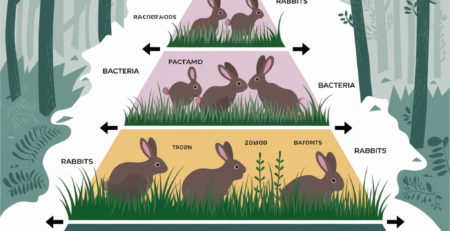
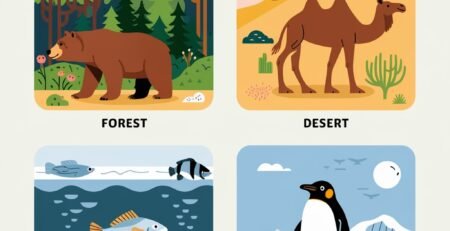
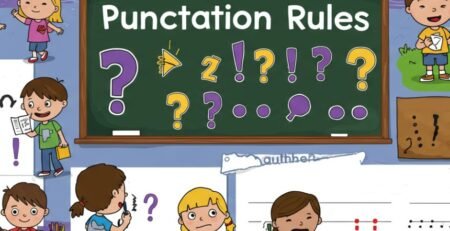




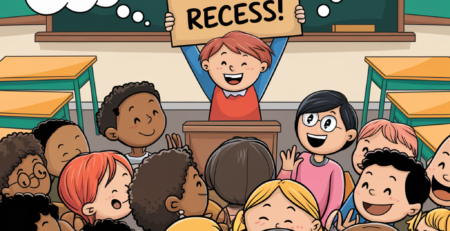



LEAVE A COMMENT